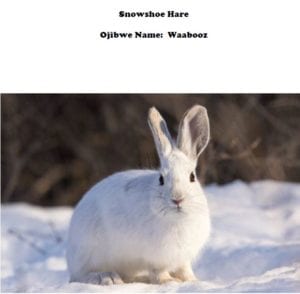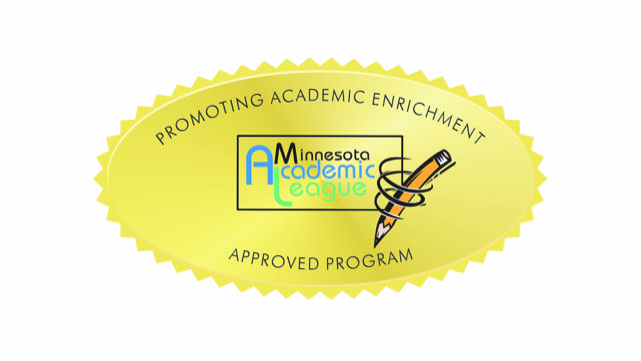Written by Taylor Templer, West Central Coordinator
On December 3rd, YES! hosted the second event in our Virtual Series on Climate Change. “Investigating Climate Change Using Ojibwe Traditional Ecological Knowledge and Scientific Ecological Knowledge” demonstrated a new way to think about climate change that integrates Ojibwe traditional ecological knowledge, scientific ecological knowledge, and place-based evidence one can observe.
Our guest speaker was Cathy “Cat” Techtmann who is an Environmental Outreach Specialist with the University of Wisconsin-Extension. She lives and works in the homeland of the Lakes Superior Ojibwe. Cat directs the “G-WOW” Changing Climate, Changing Culture Initiative in partnership with the US Forest Service, Great Lakes Indian Fish and Wildlife Commission, and National Park Service. “G-WOW” is short for Gikinoo’wizhiwe Onji Waaban, meaning “Guiding for Tomorrow” in the Ojibwe language. “G-WOW” is a unique model for climate action that integrates place-based evidence and Ojibwe traditional ecological knowledge with scientific ecological knowledge.
 To start the workshop Cat Techtmann gave a brief presentation on “ways of knowing” climate change is happening, including scientific ecological knowledge (SEK), placed-based knowledge or what we observe, and traditional ecological knowledge (TEK). The G-WOW Model uses all three of these “ways of knowing” to indicate climate change. For example, harvesting wild rice is important to the Ojibwe people and requires shallow water and moderate water-level fluctuations. SEK tells us that flooding has increased due to climate change and the Ojibwe people have seen placed-based evidence and TEK of decreasing wild rice yields. The purpose of using these “ways of knowing” to depict climate change is to connect an individual with an activity they value and show how evidence can reveal how it affects the plant/animal or habitat that activity involves.
To start the workshop Cat Techtmann gave a brief presentation on “ways of knowing” climate change is happening, including scientific ecological knowledge (SEK), placed-based knowledge or what we observe, and traditional ecological knowledge (TEK). The G-WOW Model uses all three of these “ways of knowing” to indicate climate change. For example, harvesting wild rice is important to the Ojibwe people and requires shallow water and moderate water-level fluctuations. SEK tells us that flooding has increased due to climate change and the Ojibwe people have seen placed-based evidence and TEK of decreasing wild rice yields. The purpose of using these “ways of knowing” to depict climate change is to connect an individual with an activity they value and show how evidence can reveal how it affects the plant/animal or habitat that activity involves.
After the presentation students participated in the Beings on the Move activity which demonstrates how MN/WI plants and animals (“beings”) are affected by climate change. Students each received a “being” card which had information about that particular plant or animal and how it’s affected by a changing climate. For example, the Snowshoe Hare (Waabooz in Ojibwe) prefers cold forested areas with deep snow for habitat, and the importance to the Ojibwe is that it is a source of food and the fur is used as lining in clothing and crafts. The card also told students how their being would be impacted by various scenarios such as warmer temperatures, drought, disease, decrease in snowfall, extreme precipitation events, etc.. For example, warmer temperatures affect Waabooz because it only lives in cold environments. Increases in temperature, especially in the winter, will negatively affect Waabooz. If beings were affected by the scenario, the card would tell students to take a number of steps which would be recorded through a virtual graph to allow students to see how each being was affected. This graph shows whi ch beings are “moving on” or more impacted by climate change. Techtmann explains that if one being moves on it can have many negative impacts on other beings in our ecosystem.
ch beings are “moving on” or more impacted by climate change. Techtmann explains that if one being moves on it can have many negative impacts on other beings in our ecosystem.
Overall we believe this workshop changed the way many of our YES! students think about climate change. A student from the Lac qui Parle Valley YES! team said, “I’ve never really looked at the animal aspect of climate change and how that affects my life.” We are looking forward to the next workshop in our Virtual Series on Climate Change.
Major support for YES! comes from LYFT Career Pathways, the Environment and Natural Resources Trust Fund (ENRTF), and Waste Management. Thank you!
